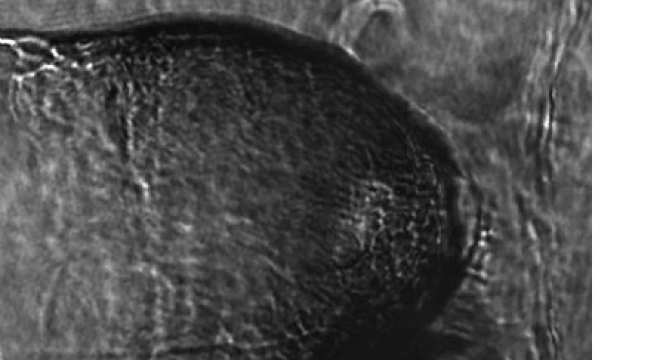Shock acceleration of ions from gas jets

The experimental laser plasma interactions group at Imperial College London has been involved in investigating ion emission from the interaction between high intensity lasers and plasmas for over a decade, remaining at the forefront of this exciting and expanding field of research. Recent research in the group has focused on investigating novel acceleration mechanisms, utilising the extreme electrostatic fields that can be created in a laser-plasma interaction to produce multi-MeV protons and ions. It is envisioned that such laser-plasma interactions could prove revolutionary in creating compact, cost efficient ion and proton sources suitable for applications such as hadron cancer therapy.
Recent experiments include the interaction of an intense carbon dioxide laser with a gas jet target. The gas jet target can be opaque to the laser radiation. In this case, the radiation pressure of the light pushes on the front of the plasma, boring a hole into it, and can accelerate the plasma ions to high energies. Experimental diagnostics revealed monoenergetic proton beams of remarkable properties, and probe images allow diagnosis of the plasma dynamics. Such a source is ideal for applications, and we are interested in further investigating the acceleration mechanism and optimising the source properties.


